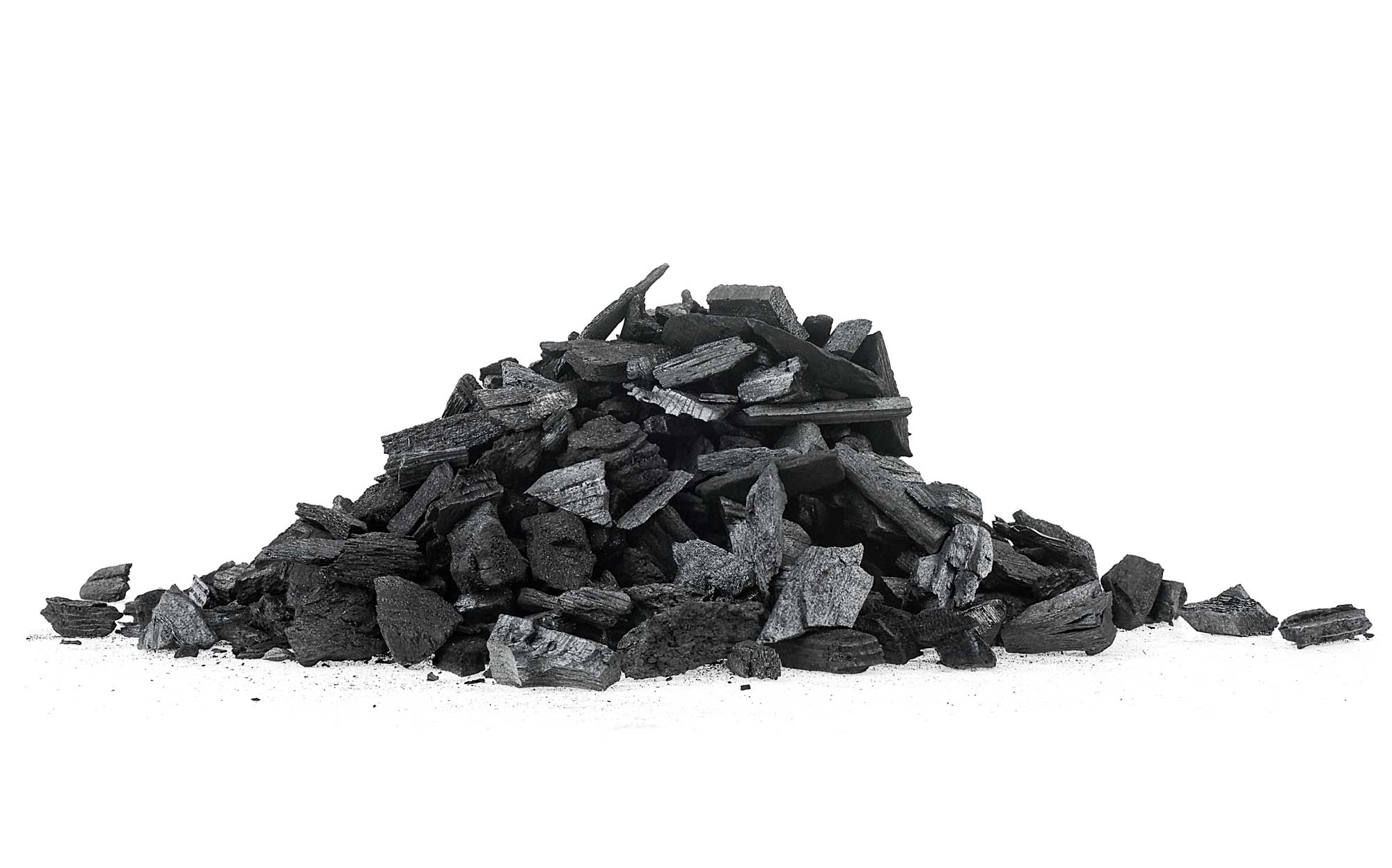Lately, there has been a lot of talk about pyrolysis and biochar in relation to sustainable management of sludge from the aquaculture industry. Large-scale investments in the range of hundreds of millions are being planned, which require extensive work in logistics, infrastructure, and the development of new value chains. But is this really the most sustainable and rational way to utilize the resources? Does it solve a waste problem, what is legal, and what might potentially be lost in the process?
We have spoken with Eva Brod and Erik Joner, both researchers at the Norwegian Institute of Bioeconomy (NIBIO). NIBIO has conducted several national studies on the use of fish sludge as fertilizer, as well as national and international studies on biochar.
1. In what way is fish sludge a valuable resource for plants?
Eva: Fish sludge is highly nutritious. It contains a significant amount of nitrogen, which is the nutrient that drives plant growth. Fish sludge is also rich in phosphorus, another important plant nutrient. In mineral fertilizers, phosphorus comes from raw phosphate, which is limited on a global scale. By using fish sludge as fertilizer in agriculture, nitrogen and phosphorus are returned to the nutrient cycle. Additionally, fish sludge contributes organic matter to the soil, which can enhance carbon sequestration and improve soil quality.
2. How do the different nutrients in fish sludge get affected in a typical pyrolysis process?
Eva: Most of the nitrogen in fish sludge will be lost through the pyrolysis gas. Phosphorus will remain in the biochar, but it will be converted into poorly soluble calcium phosphates, preventing phosphorus from returning to the cycle. The higher the temperature used in the pyrolysis process, the more insoluble the phosphorus in the biochar becomes. This means that even if biochar based on fish sludge is applied to the soil, the phosphorus will not return to the nutrient cycle.
3. Do heavy metals like zinc and cadmium disappear in the pyrolysis process, making biochar safe for use as fertilizer?
Eva: Zinc and cadmium will also remain in the biochar, similar to phosphorus. When fish sludge is pyrolyzed, the heavy metals are concentrated in the biochar because a part of the dry matter in the sludge turns into gas during the pyrolysis process. Most biochar based on fish sludge will therefore fall into quality class III according to the Fertilizer Regulations and is not permitted for use in agriculture. Some may even fall outside quality class III.
4. Considering your research on fish sludge as fertilizer, how can fish sludge be best utilized?
Eva: Based on the available options that are economically viable today, I believe it is best to utilize dried fish sludge as fertilizer. Dried fish sludge should be combined with other nitrogen and potassium sources to balance the nutrient ratio in the sludge, for example, with mineral NK fertilizers. Dried fish sludge should be transported to areas where there is a need for phosphorus. At NIBIO, we are currently working on making phosphorus in dried fish sludge more plant-accessible.
5. What role does the production and use of biochar have in the future circular economy? (What should biochar be made from and how can it be used?)
Erik: Biochar should be made from materials with low nutrient content (high C/N ratio) and low alternative value. There will be increasing competition for resources such as wood chips and other wood-based waste fractions, but ash-rich fractions (wood with a lot of bark, etc.) often have low alternative value and are best suited for pyrolysis. In addition to being a poor utilization of nutrients, pyrolyzing manure and sludge also leads to reduced food supply for organisms living in the soil. They do not derive any nutrients from biochar. For some types of organic waste, the content of organic pollutants and/or plastics is so high that it should not be spread in the soil (e.g., rejects from biogas). In such cases, pyrolysis can be used as a method for destroying unwanted substances, while the biochar can still be used in the soil.
6. Any other aspects you would like to highlight on this topic?
Erik: Materials to be pyrolyzed should have inherent porosity to function well as biochar in the soil. Pyrolyzed sludge has scored low in this aspect in some cases and may not achieve the same price in a quality-conscious market.
A big thank you to Eva Brod and Erik Joner for their participation in the interview!
Pyrolysis
A process where organic material is exposed to very high heat without oxygen. This results in the breakdown of the material into smaller components such as gas, oil, and solid residue.
These components can be used for various purposes through extensive processing. For example, the gas can be used as an energy source, the oil can be used as fuel or for the production of chemicals, and the solid residue can be used to create biochar.
Circular Economy
The goal of the circular economy is to reduce waste, conserve resources, and limit our environmental impact. Instead of losing valuable nutrients through waste or pollution, we strive to keep them within the cycle and reuse them in production.
Fish sludge contains important nutrients such as phosphorus and nitrogen, which are particularly valuable when utilizing the sludge as a component in fertilizer products. This can reduce the reliance on artificial fertilizers, which use phosphate rock as a source of phosphorus. Phosphate rock is an imported resource that is expected to become scarce in the future.
This has led to highly fluctuating fertilizer prices and raised environmental and ethical concerns regarding the use of phosphate rock.




